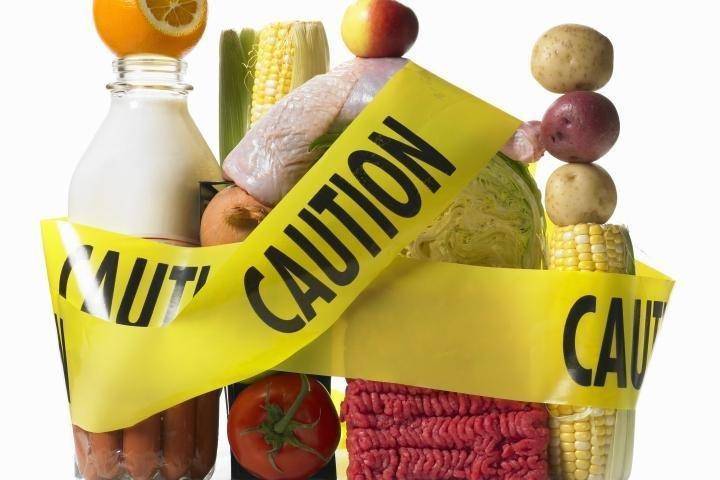Press Release
“This funding elevates our ability to more quickly protect the public from outbreaks that are either life-threatening or disruptive to Utah citizens.”
The Utah Department of Agriculture and Food (UDAF) received a $1.3 million grant from the Food and Drug Administration (FDA) to build a federal and state health food safety response team.
Called the Utah Rapid Response Team (RRT), the entity officially launches this month and is made up of food safety experts from local, state, and federal government sectors. Underfunding provisions, the grant is tasked with educating the public, collaborating and training for emergencies, and responding to foodborne illness outbreaks that occur.
“This funding elevates our ability to more quickly protect the public from outbreaks that are either life-threatening or disruptive to Utah citizens,” said UDAF Commissioner Kerry Gibson. “It’s also another great example of intergovernmental agencies moving out of silos and into a truly team-oriented effort for the good of the public we all serve.”
Utah is one of 25 states where an RRT has been formalized since the program began in 2008, as a response to several highly-publicized foodborne outbreak emergencies. Like Utah, most states have received program funding from the FDA. Some states have self-funded their own RRT efforts, but function much the same way.
As an example, in 2017, two children eating at a restaurant in Pennsylvania were exposed to a toxic chemical from apple juice they were served. They were admitted to the hospital and the state’s RRT was notified, immediately triggering an RRT effort that quickly alerted the public, closed the restaurant, and led to lab testing that determined the toxin to be sodium hydroxide which can have severe effects on the human body.
“The FDA has been assisting states in the organization and launch of RRTs for some time,” said Travis Waller, UDAF Regulatory Director. “However, they began with those that are more prone to large-scale natural disasters or foodborne illness outbreaks, as a matter of priority.”
Utah’s five-year-grant includes a number of deliverables to maintain the FDA funding that Utah RRT officials will address shortly. Among them is an organized interagency rapid response drill to assess and improve Utah’s preparedness for an outbreak.
Waller said that interagency collaboration is critical to the success of Utah’s RRT, led by a steering committee of individuals from agencies such as UDAF, FDA, US Department of Agriculture, Utah Department of Health, Utah Public Health Lab, local and county health officials and an industry advisory group.
“In an outbreak scenario, we’ll also be interfacing with public safety and academia officials as there are all kinds of potential issues we could be facing that will need to be addressed,” said Waller. “Rapid Response Team engagement will be invaluable in pulling all the key entities together quickly so that decisive action can be taken.”
Waller went on to add that the efforts of the Utah RRT also involve the general public, along with healthcare and public safety professionals.
“Much of the Rapid Response Team’s efforts will include setting up two-way communication tools so that we can relay important information to the public, but also connect with citizens, doctors, and law enforcement more quickly about issues,” he said.
Waller said he expects that the Rapid Response Team will be ready to manage outbreaks and other situations as soon as 2020.

